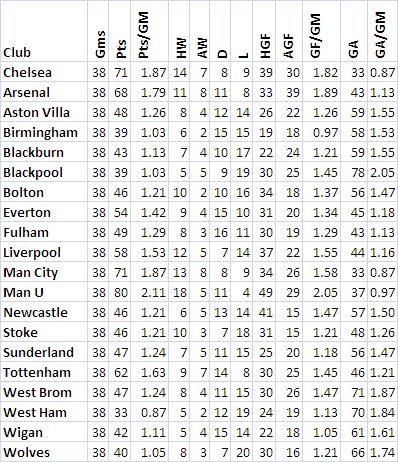The Crew now ranks 7th out of the 15 MLS teams in 2009 in per player average annual salary compared to 2008 when the MLS Cup winners ranked dead last out of 14 (the 2009 numbers include expansion Seattle Sunders).
 The average Columbus Crew player this year will be paid $133,430. This is an 85 percent increase over the 2008 Columbus average of $71,949.
The average Columbus Crew player this year will be paid $133,430. This is an 85 percent increase over the 2008 Columbus average of $71,949.The lion’s share of the overall payroll hike is attributable to only a handful of players. Guillermo Barros Schelotto’s salary more than doubled from $375,000 to $775,000. Also among the big winners were MLS Defender of the Year Chad Marshall (a 116 percent salary increase, from $148,000 to $320,000), Robbie Rogers (a 60 percent increase, from $57,500 to $92,500), and Adam Moffat (a whopping 171 percent increase, from the measly $17,700 he made in 2008 as a developmental roster player to a more respectable $48,000). Also accounting for the total increase were a large number of players moving from the developmental basement to the regular roster.
Some great players got the shaft: Frankie Hejduk and Pat Noonan are the only two players with no raise this year (both making $175,000). While this is probably due to the current status of their contracts, it’s a little hard to swallow, particularly with Frankie.
Three other players only got 5 percent: Andy Gruenebaum ($34,650), Duncan Oughton ($79,380) and Eddie Gaven ($173,250).
Source tell El Luchador that the franchise was able to eke out the cash to make the salary increases through a combination of the allocation money extracted from Seattle in the Sigi Schmid fiasco, along with expected revenue increases due to the MLS Cup win: more season ticket sales, CONCACAF revenue, merchandise and other revenue increases.
Los Angeles Galaxy still tops the list with an average per player annual salary of more than $404,000. Of course, most of this is because of David Beckham’s ludicrous salary, and while it remains to be seen how the Milan deal ultimately will effect the final numbers, the Galaxy will still be by far the highest paid team in MLS, and they probably won’t make the playoffs again.
The lowest spot is now occupied by Chivas USA at just over $86,000.
It is a very good sign that the Crew has moved out of the bottom of the league not just in performance on the field but also in paying the workers a living wage.
A note about the numbers:
Salary information was provided by the MLS Players Union and is current as of March 3, 2009. All player salaries are broken down into two numbers. The first is the player's current base salary. The second is characterized as annual average guaranteed compensation. El Luchador bases his analysis on the annual average guaranteed compensation. The annual average guaranteed compensation number includes a player's base salary and all signing and guaranteed bonuses annualized over the term of the player's contract, including option years. For example, if a player has a base salary of $50,000, has a two-year contract with two one-year options and received a $10,000 bonus when he signed, his average annual guaranteed compensation would be $52,500 (base salary plus signing bonus ($10,000), with the signing bonus divided by the number of years covered by the contract (4)). The average annual guaranteed compensation number also includes any annual marketing bonus to be received in the current year and any agent's fees annualized over the term of the contract. The average annual guaranteed compensation figure does not include performance bonuses because there is no guarantee that the player will hit those bonuses. These figures include compensation from each player's contract with MLS. They do not include any compensation from any contracts with individual teams or their affiliates. The numbers in this 2009 analysis are slightly different that a 2008 analysis done by El Luchador. In that study the base salary and the guaranteed compensation were averaged together. However, all comparative numbers in the 2009 analysis are apples to apples.









 The Luchametric is a
The Luchametric is a 


















1 comment:
Good breakdown. Thanks.
Post a Comment